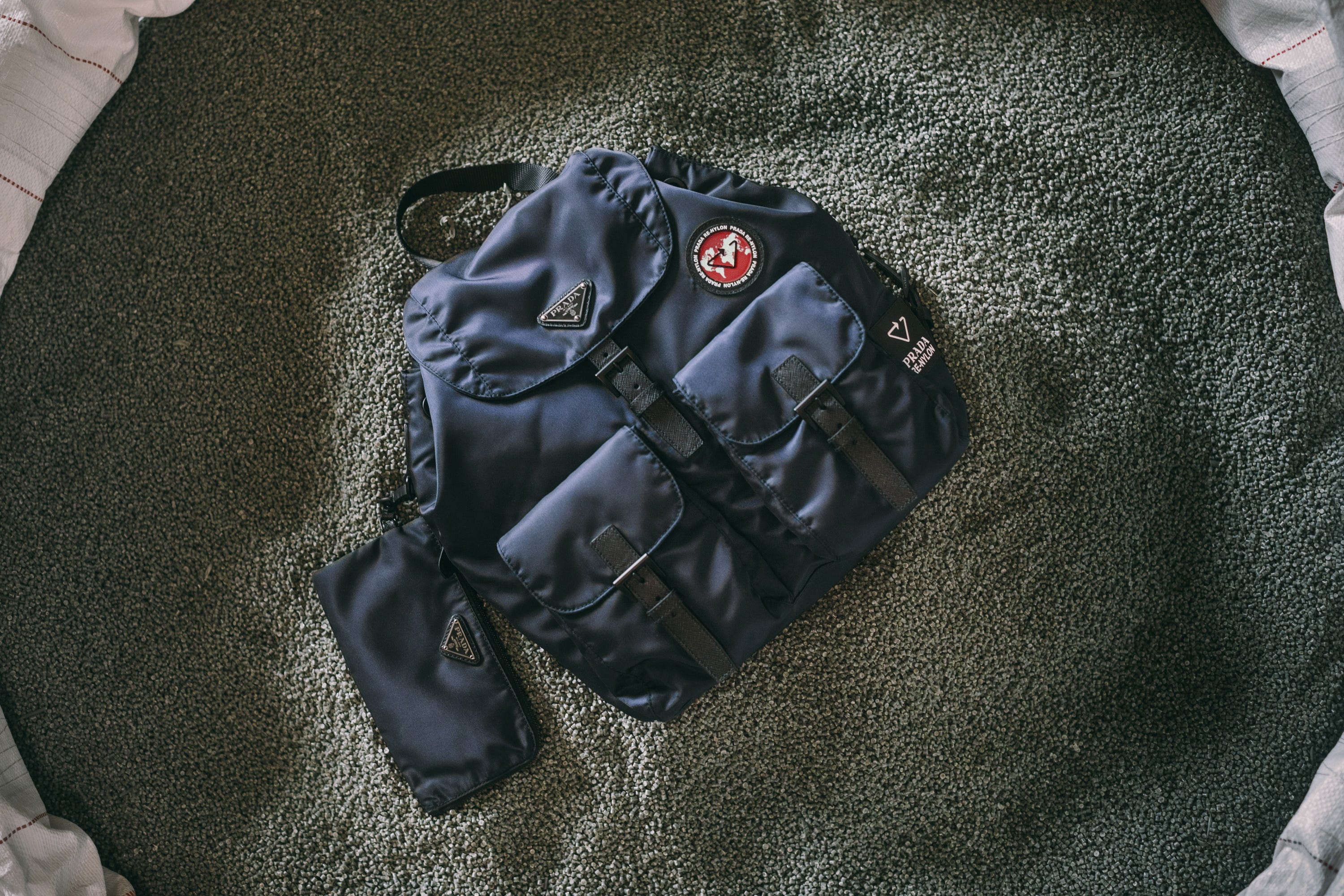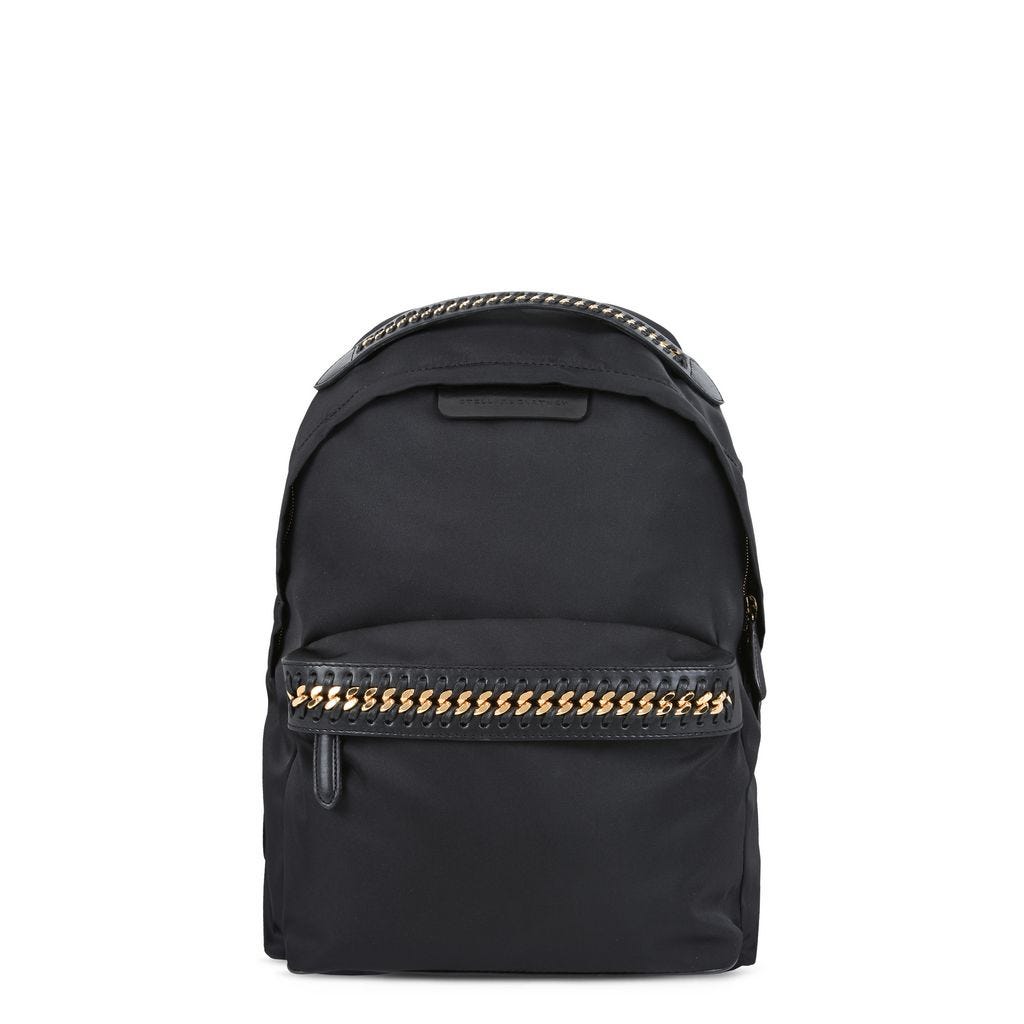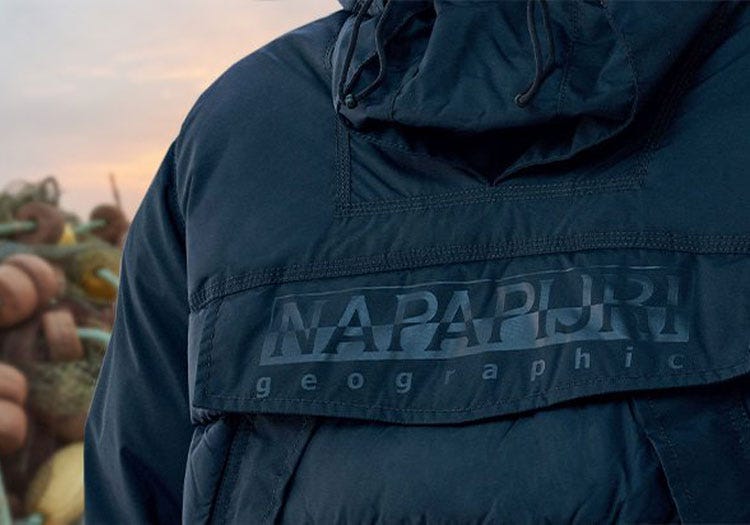As technology and science advances, materials change, but there is one material that was created long ago and is now in the middle of a very much needed revolution — plastic. Plastic is being taken into the new century keeping the good aspects of itself and leaving the bad behind. It’s an ongoing process, but it’s happening and could serve as sustainable inspiration for other materials.
Plastic and synthetic fibers were created in the ’30s and their story is profoundly connected to some of the biggest changes in our society and our lifestyle, but now things are evolving. The extensive use, especially of single-use plastic, has become a problem. Looking back at history there are many iconic objects and pieces of garments that were created with Nylon. Some of those are now in the process of being reinvented in a subtle way. It’s not the material that changes, it’s the way we source it, and sometimes what we are able to do with it at the end of the product life.
What if we could produce nylon without tapping into new resources? What if nylon became its own raw material? This is the future, but the future is not as far as one might think. Designer Stella McCartney as well as Prada and Gucci are switching all of their virgin nylon to regenerated nylon. Other brands like Adidas are also in the process of spreading the use of recycled nylon in their swimwear collections.
The examples below are all related to one material, Nylon, but the same approach and type of collaborations could inspire equal changes in other ingredients and in the fashion industry as a whole.

The Re-Nylon bag collection by Prada
The iconic black nylon backpack of Prada was introduced in 1984 when minimalism was not trendy yet, and it became a fashion icon of the ’90s. This year, the brand launched a pioneering new project, Re-Nylon, introducing a sustainable line of the iconic Prada bag silhouettes executed in regenerated ECONYL® nylon, coming from nylon waste.
Even the Prada triangular logo ‘Re-Nylon’ is designed to emphasize a bucking of the traditional, age-old linear supply chain into a cyclical one, focused on renewal.
“I’m very excited to announce the launch of the Prada Re-Nylon collection. Our ultimate goal will be to convert all Prada virgin nylon into Re-Nylon by the end of 2021,” said Lorenzo Bertelli, Prada Group Head of Marketing and Communication. “This project highlights our continued efforts towards promoting a responsible business. This collection will allow us to make our contribution and create products without using new resources.”
Falabella Go by Stella McCartney
Stella McCartney’s latest edition in the Autumn 2017 collection was the classic Falabella GO bag, now made with ECONYL® regenerated yarn. The bags featured the signature braided Falabella chain detail, designed for both play and function.

McCartney had confirmed earlier in 2017 that she would use sustainable viscose, regenerated cashmere, and other recycled materials in her collections whenever feasible.
In an interview with Sustainable Brands, Stella McCartney said, “Our planet has a waste and overconsumption problem, wreaking havoc on our environment. Single-use and disposable items, particularly from plastic, are ending up in landfills, with over 300 million tons of plastic produced every year. It is vital that we act now.”
Skidoo Infinity by Napapijri — The trully circular jacket
The latest example of an iconic product redesigned to be more sustainable is an iteration of Napapijri’s iconic Skidoo jacket first designed in 1987. Napapijri is a subsidiary of VF, one of the world’s largest apparel, footwear and accessories companies.

The new jacket was developed, tested, and fine-tuned during the course of three years and combines innovative technology, cutting edge design, and sustainability. Skidoo Infinity’s filling, trims and fabric are made from ECONYL®. Using one material allows for an easier recycling process, where fibers are upcycled without losing any of their original characteristic or quality and the jacket can be recycled and reimagined infinitely.
To close the loop and make the innovation truly circular, Napapijri has developed a unique digital take-back program. On purchasing Skidoo Infinity, customers register online and have the option of returning their jacket after two years, when it will be processed into new yarn and new products.
The American flag on the Moon
For the sake of closing with a provocation and a massive landmark of history, one that is a small step for man and a giant leap for mankind, it’s worth remembering that the American flag on the Moon is one of the first and most famous objects made with nylon. It was the perfect material: light, tough and compact. To make it more accessible to the astronauts, the flag was installed on the handrail of the LEM stairs, inside a protective shell that could resist to 1.400°C of the touchdown. Now that humanity is back into the space exploration adventure, we can wonder if the next flag, maybe on Mars, will be made with ECONYL® regenerated nylon instead of one from virgin oil.
Nylon changed our life once, it might change it again for better if we change the way we source for it.

